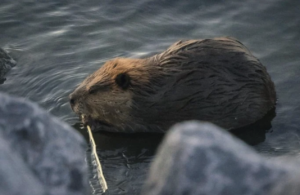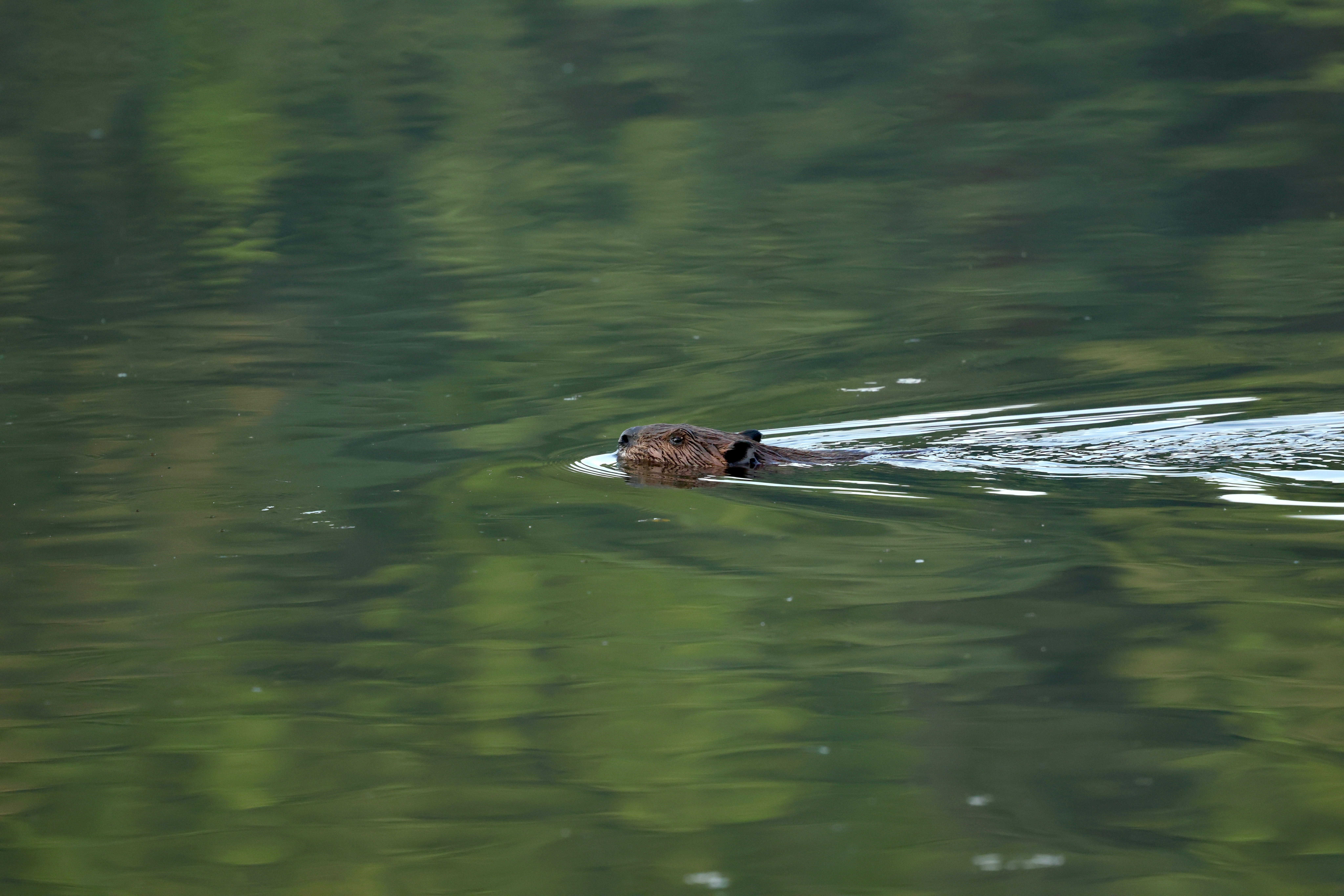
Grants
Biodiversity
Protecting beavers in Tuscany
€50,000 awarded

Background
Beavers have long been part of Italy’s ecology, history and cultural heritage. Their presence was documented until the 1500s, when the species was hunted to extinction for its fur and castoreum. After centuries of absence, in 2018, beavers were once again spotted living freely between Tuscany and Umbria. Often described as ecosystem engineers, beavers
shape landscapes by building small dams that create wetlands, which in turn help mitigate floods and droughts, while also providing habitats for a wide range of wildlife. Many European countries have reintroduced beavers, but Italian national authorities ordered their removal, arguing that they may threaten local flora and fauna and that their reintroduction was carried out illegally.
The Project
In 2023, the TEF and partner NGOs launched a national and European campaign to protect this native species. The campaign stressed that beavers have established populations in every country bordering Italy and are naturally expanding their range, meaning there is no certainty that the individuals in central Italy were illegally introduced. Furthermore, the Eurasian beaver is listed in the EU Habitats Directive, which requires member states to ensure strict protection of the species within its natural range.
In September 2023, TEF and its partners submitted a letter and a petition to the European Commission to highlight this case. Although the official response was not favourable, no beavers have been removed to date. Importantly, the mobilisation of major wildlife NGOs – including WWF Italia, Greenpeace Italia and LAV – has demonstrated the breadth of support for this keystone species. This collective effort has also contributed to shaping positive coverage in the Italian press and strengthening public opinion in favour of the beavers’ return. TEF hopes that beavers will be allowed to continue their quiet work of restoring ecosystems and coexisting with other species, to the benefit of nature and people alike.

